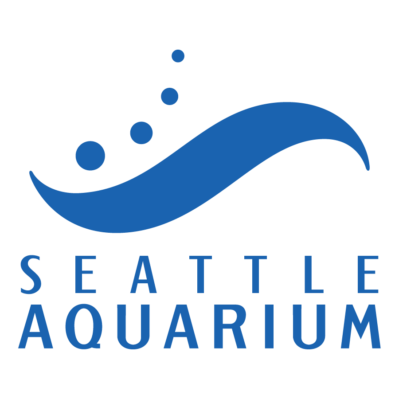Engagement
GOAL: Staff achieve a 90% score on Sustainability Engagement Survey (SES) by 2030
Goal Update
Baseline (2020): 61% SES score
2024: 68% SES score
Goal: Staff achieve a 90% SES score
SES score is calculated based on survey responses to five key questions
Staff Engagement
One of the primary outcomes of this planning process is to create an organization-wide culture of sustainability. Seattle Aquarium has made significant sustainability progress due to the ongoing commitment of a number of individuals who have spearheaded initiatives. To continue making significant and meaningful progress, it is important for every staff member to play a role. In 2024, Seattle Aquarium staff and key partners completed the Sustainability Engagement Survey. Summarized below are the key statistics.
- 71% of staff and partners participated in the survey
- 90% believe Seattle Aquarium’s mission aligns with concepts of regeneration (a 4% increase from 2020)
- 67% reported being aware of Seattle Aquarium’s efforts to be more sustainable (a 16% increase from 2020)
- 68%, the composite score from 2024, was based on the following dimensions:
- 67%: Awareness of the Aquarium’s efforts to be more sustainable
- 68%: Knowledge about ways to be more sustainable at work
- 73%: Self-reported key sustainable behaviors
- 54%: Perceptions of how often others engage in key sustainable behaviors
- 75%: Familiarity with the concepts of sustainability
Priority Strategies
Partner with underserved communities to develop sustainability programming and initiative
The Seattle Aquarium can leverage existing relationships with community partners to create programming and sustainability initiatives.
Create internal and external communications plans, informed by several strategies below 
Communication is essential to an engaged staff and public. Communications should be transparent about goals, budget, priorities and actions being taken.
Implement transparent budgeting around sustainability 
Funding demonstrates the Seattle Aquarium’s commitment to being a sustainable organization. Being transparent about how sustainability influences the budget will be tantamount to success.
Set departmental goals and identify strategies
Team or departmental goals help to connect staff to the Aquarium’s goals by creating relatable and achievable milestones. Some staff will be better connected to different goal areas. Encouraging staff to commit to areas in which they can make the greatest impact will generate an engaged staff.
Create an internal staff-to-staff recognition and reward system 
The Seattle Aquarium should create a system where staff can recognize and reward others who are making a difference. Rewards can be small (e.g., a gift card to the café) but meaningful to those who receive them.
Identify a governance structure 
Carrying forward this plan from planning to implementation requires, among other factors, staff capacity. Creating an engaged and healthy structure will enable this plan to succeed.
Identify a point person for sustainability 
The Seattle Aquarium needs to decide who will be responsible for implementing the Plan. This person doesn’t need to do everything but they need to be responsible for process and outcomes.
Improve staff and contractor orientation around sustainability 
Educating staff and contractors about the Seattle Aquarium’s sustainability goals during orientation will ensure that these goals are institutionalized and their importance understood by new staff.
Tell our sustainability story 
An exhibit that tells the story of the Seattle Aquarium’s waste successes and connects these successes to the Aquarium’s mission will build public awareness of ways to act more sustainably.
Improve connections to sustainability on current signage
The Seattle Aquarium can elevate sustainability by making direct connections to conservation efforts, biology and sustainability. Doing so will help engage the public around the importance of these efforts.




